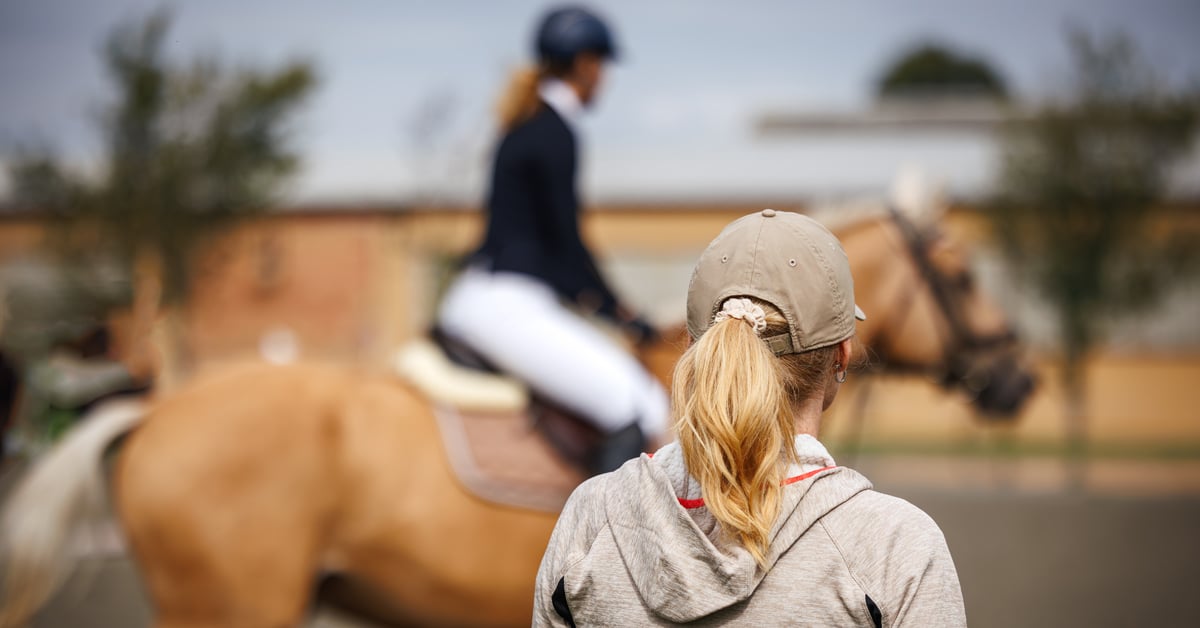Although there is a paucity of research on grief experiences in horses, researchers have documented numerous instances of what certainly looks like grief in a variety of other social animals. Crows seem to pay tribute to their dead, emitting a particular cry that brings others to gather around to place offerings of twigs beside and on top of the body (Marzluff, 2005). Bonobo apes have been witnessed acting out a very human-like rage against death, throwing rocks at the body of a deceased troop mate and pounding on their own and the deceased’s chest (Kluger, 2013). Baboon infants have been observed crying and rocking over the corpse of their dead mother (Kluger, 2013). And there is extensive research on the ceremony, ritual, and seeming reverence with which elephants mourn their dead.
There are some good reasons for believing that horses, too, may experience some manifestation of grief. Horses’ propensity to form often lifelong social bonds suggest that they form attachment relationships to particular others just as humans do, and where there is attachment, there is grief upon loss. John Bowlby first formulated attachment theory in the 1960s to explain an individual’s tendency to form enduring bonds with specific others. He argued that attachment is hard-wired, adaptive, and critical to an individual’s survival. If these specific equine relationships are indeed attachment relationships in the sense that Bowlby defined them, then we would expect horses to experience distress upon separation (we don’t need an empirical investigation to know that one is true!) and grief upon loss.
Up until recently, most psychological researchers believed, as did I, that animals and humans may share primary emotions such as happiness, sadness, anger, and fear, but that secondary emotions such as pride, shame, jealousy, or grief require a self-consciousness, self-reflection, and an understanding of the conscious intentions of others that is restricted to humans and possibly some primates and cetaceans. However, cognitive ethologists (those who study the mental capacities, emotions, and motivations of animals) have challenged this notion, championing evolutionary continuity which suggests that there is no radical break between the emotional, cognitive, or psychological world of human and non-human animals. Specific mental capacities did not suddenly appear in human beings without precursors in other animals; rather, there is a continuum of capacities where differences among species are differences in degree, rather than in kind (e.g. Bekoff, 2002).
Many researchers conclude that animal grief is probably not as complex as human grief, nor as enduring, because it is simply too evolutionarily costly to be debilitated by grief when faced with the everyday business of staying alive. Animals are unlikely to engage in the intricate reflection that makes grief such a lengthy and complicated process for us. However, given that horses’ memory for painful events is surprisingly (and frustratingly) pronounced, it is possible that they may indeed experience long-lasting pain from the separation of a companion.
Most research on animal grief investigates the death of a companion. Although horses do face this scenario, they endure permanent separations much more frequently due to human manipulation. Horses are sold, moved to other stables, often weaned early and abruptly rather than naturally weaned, and separated because their bonds interfere with our goals.
The next time we permanently separate two horses that have become “too attached,” it is worth exploring whether we might instead honour their bond and train them to tolerate increasingly longer periods of separation. Perhaps our objectives could be enhanced, rather than compromised, by their friendship, as our understanding of their social world is enriched.
The Latest











